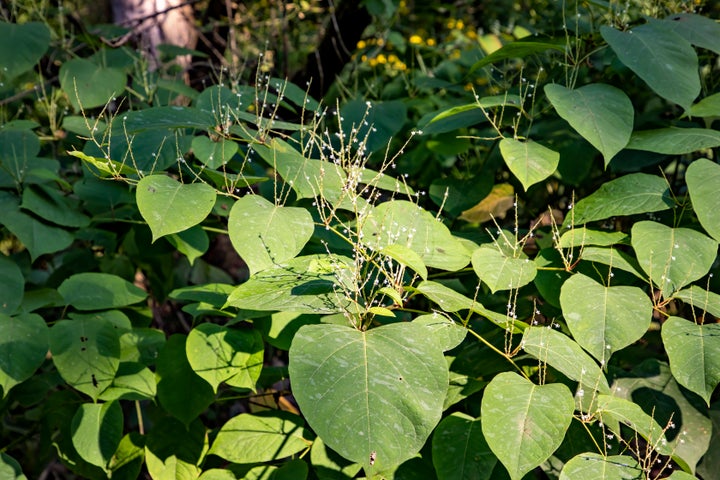
We’ve written before about how much Japanese knotweed can affect the value of your property.
The invasive plant is notoriously hard to kill and can damage the foundations of your home.
In fact, Japanese knotweed can be so devastating that you can be fined thousands for knowingly spreading the plant throughout your neighbourhood or into the wild (you can even be jailed for up to two years).
So, it’s a good idea to work out how at-risk your postcode is. Luckily, Environet has taken the data from its Japanese knotweed heat map (which documents over 58,000 known infestations throughout the UK) to find the biggest hotspots for the weed in 2023.
Here are the top ten affected locations, and some advice on what to do if you do spot the plant:
The top ten Japanese knotweed hotspots in the UK are, in order:
- Swansea, with 1,350 known cases in 2023
- Bolton, Machester, with 1,010 cases
- Bristol, with 986 cases
- Cardiff, with 872 cases
- Preston, Lancashire, with 857 cases
- Nottingham, with 803 cases
- Derby, with 711 cases
- Caernarfon, Gwynedd, with 708 cases
- Llanelli, Carmarthenshire, with 706 cases
- Bridgend, with 664 cases.
You can use Environet’s Japanese knotweed heatmap to find out exactly how common Japanese knotweed is near you.
What do I do if I see Japanese knotweed?
First of all, Nic Seal, CEO of Environet, says that vigilance is key. “Make sure you know what knotweed looks like and how it differs from other common garden weeds like ivy and bindweed, so you can keep an eye out for it in your garden and neighbourhood,” he warns.
You can email a photo of the plant to Environet’s free ID service at expert@environetuk.com if you’re not sure what you’re looking at.
“Knotweed is easily identifiable during summer, but as we head through the autumn and into winter, the above-ground growth dies back and it becomes much harder to spot. It’s also easier to conceal, so anyone viewing a property to buy should be extra careful,” Seal adds.
Simply lifting the plant out of your soil won’t stop growth, as Japanese knotweed “can grow from a tiny fragment of root or rhizome in the soil”.
To treat the issue properly, you need to use chemical weed killers which are best administered by pros.
And because Japanese knotweed is classed as ‘controlled waste’ under the Environmental Protection Act 1990, you can’t just bury or burn it after you’ve tackled the issue.
You’ll have to “use a registered waste carrier and an authorised landfill site or suitable disposal site,” according to Gov.uk.
You must also “notify the Environment Agency at least one month before you bury knotweed” (it’ll have to be at least five metres deep), make sure you only burn knotweed on the site it came from, and check with your local council to make sure it’s permitted in the first place.
Fun, fun, fun...